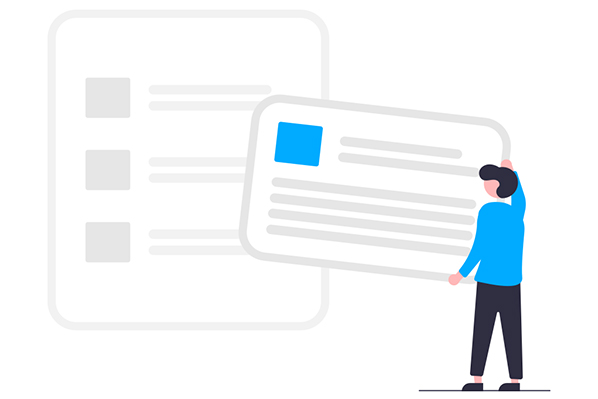 Let’s say you have developed an application on iOS and want to port it to Android.For sure, the best situation could be achieved in case if your app has been developed on the cross-platforming tool, which allows a simultaneous development of an application for several platforms. There are a lot of such softwares and fundamental extensions, that may help you in achieving such goals, for example, Unity, where you can do any operations for any type of UI (User Interface) and level of complexity. The code for iOS and Android app is pretty much the same (the difference contains in 2 to 5 percents of the code), so you can write only one time and use it for any platform – iOS, Android, Windows, Mac OS, Linux or etc.
But that is a utopia, so let’s concern more realistic situations in porting the iOS app to Android. and vice-versa. The first thing you start with is a realization that you need to build a whole new application from scratch (without a back-end though)
Let’s say you have developed an application on iOS and want to port it to Android.For sure, the best situation could be achieved in case if your app has been developed on the cross-platforming tool, which allows a simultaneous development of an application for several platforms. There are a lot of such softwares and fundamental extensions, that may help you in achieving such goals, for example, Unity, where you can do any operations for any type of UI (User Interface) and level of complexity. The code for iOS and Android app is pretty much the same (the difference contains in 2 to 5 percents of the code), so you can write only one time and use it for any platform – iOS, Android, Windows, Mac OS, Linux or etc.
But that is a utopia, so let’s concern more realistic situations in porting the iOS app to Android. and vice-versa. The first thing you start with is a realization that you need to build a whole new application from scratch (without a back-end though)
A few reasons “for” porting to Android (or vice versa):
- It has your back covered. Your competitors will not be able to steal 85% of the user market right in front of your nose – as that’s the percentage of Android-owning customers.
- More apps simply mean more revenue.
- Make money with Google Play
- Reduce app development costs
Things to be taken consideration when you decide to port iOS to Android and vice-versa:
- Buttons (square on Android vs. round on iOS)
- Lists (left-pointing arrows vs. right)
- Tabs (at the bottom of the screen vs. top)
- Date/time pickers
- Object’s placement – “card-placed objects” on Android
- Navigation (physical button for back navigation vs. top back button for back)
- Widgets
- Libraries, frameworks, code porting
- Android fragmentation
- Interaction with the file system in OS (iOS or Android)






